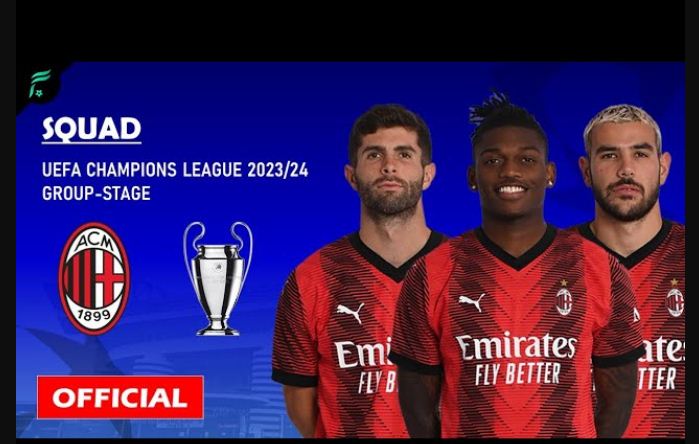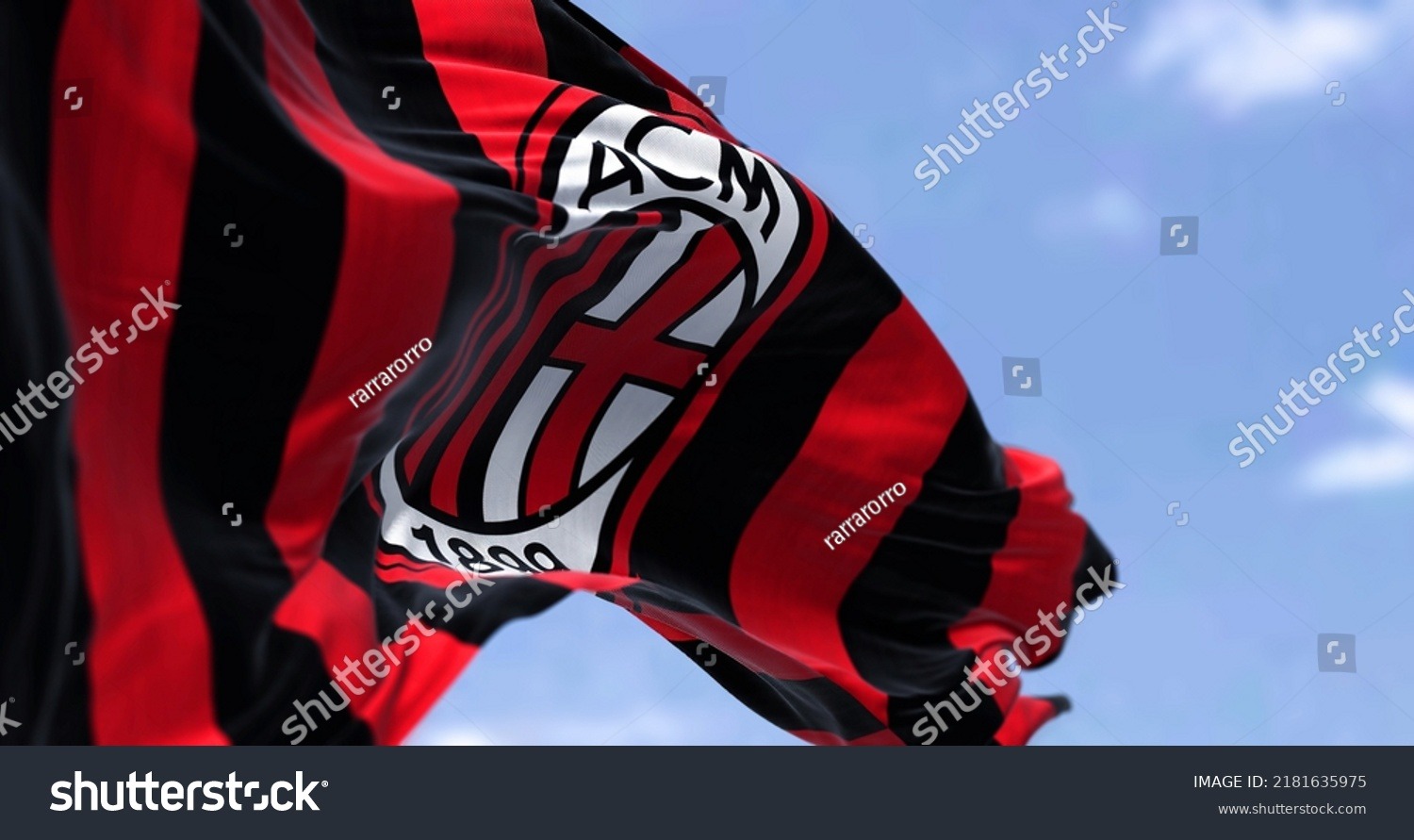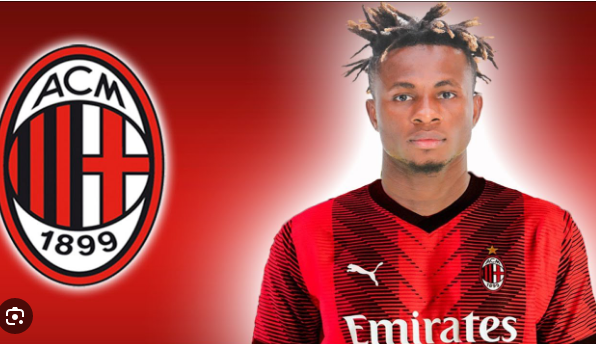In less than a week, the inaugural round of the Champions League will begin, and AC Milan will face Newcastle at home. We look at the main strategies used by their group (F), which has been dubbed the group of the death, below.
Milan’s group stage opponents include Newcastle, Borussia Dortmund, and Paris Saint-Germain, making for a challenging journey to the knockout stage. All four teams in this group have strengths, making it very difficult to determine who will win; the outcome will probably depend on the specifics. We examine the main strategies used by the Rossoneri’s adversaries below.
Borussia Dortmund
The team has a devoted following and is well known for both their entertaining brand of football and their ability to identify talented young players. Under Eden Terzic, they typically use a 4-2-3-1 configuration.
Build up using a 3+1 structure from the back. The defensive midfielder forms a back three by lining up between the center backs or as the left center back.
Reus and Brandt drop to receive passes, and the full-backs retain their width by staying wide.
Reus and Brandt attempt to drag defenders out of position as they get closer to the goal by putting together one-touch combinations. Whenever they receive the ball, they also make an effort to position themselves optimally.
Haller, who is a target man, can handle long balls by flicking the ballto his teammates.
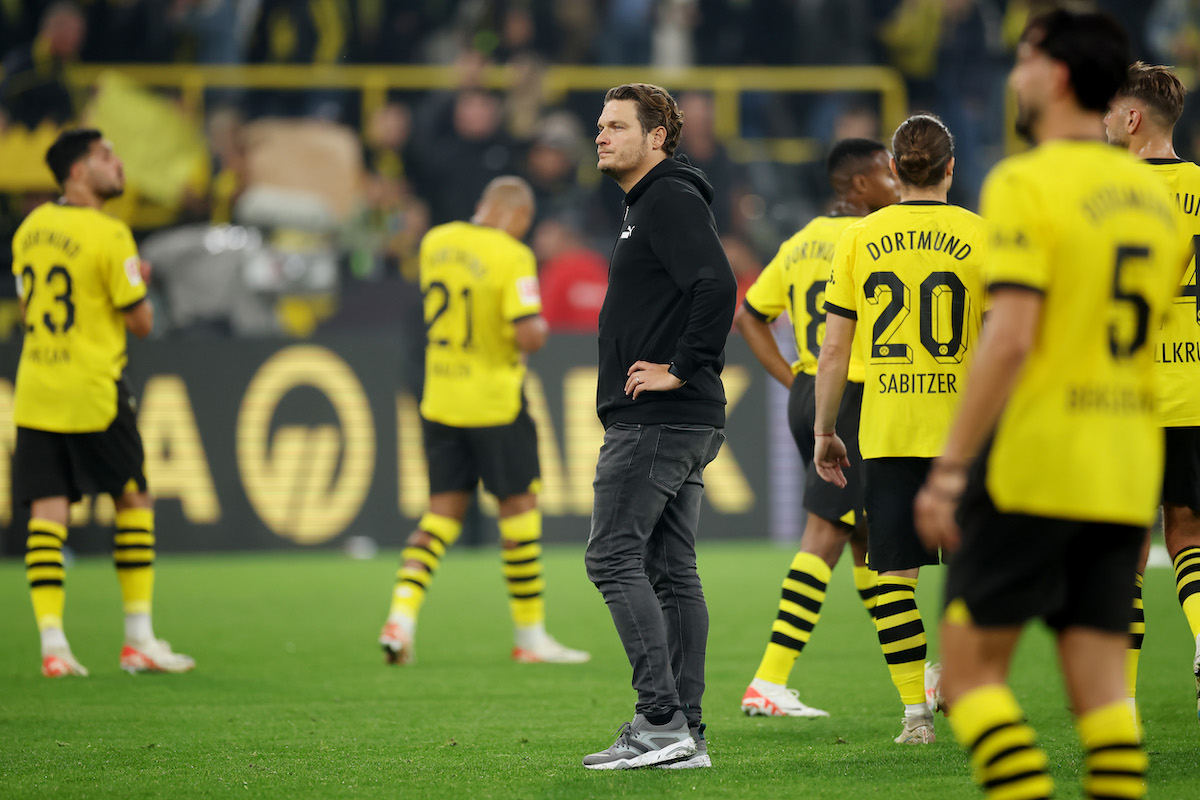
Outside the Box
A 4-1-4-1 defensive formation for high-up the pitch defense. 4-4-1-1 while playing deeper defense.
Given that center-backs like Mats Hummels aren’t the fastest, defending counterattacks is one of their weaknesses.
Aerially, they are excellent. In fact, they win 53% of their aerial duels, which ranks third in the Bundesliga.
Paris Saint-Germain 
The 4-3-3 configuration is utilized by Luis Enrique, who was hired by the French team earlier this summer, exactly like he did at Spain and Barcelona.
In possession
PSG employs a variety of build-up strategies that may utilize one or two midfielders depending on the pressing they encounter.While forward players drop and switch positions to disperse markers, they slowly grow.
PSG can play with a false nine, which allows midfielders to make runs into the box through the half spaces. Full-backs tend to overlap or underlap depending on the situation. PSG also looks to move play towards one side and then make switches.
Out of the box
PSG try to press their opponent fiercely and nearly have the entirety of their team in the opponent’s half, which leaves them very open to counterattacks from long vertical balls over the last line.
Newcastle
Eddie Howe is getting ready for his team’s long-awaited return to the Champions League. They are by no means pushovers, especially after acquiring Sandro Tonali from Milan in the offseason.
The manager prefers a 4-3-3 to be positioned in the middle of the block with room between the lines.
Newcastle doesn’t frequently sit deep or press hard. They fall somewhere in the middle instead.
The two wingers tuck inside to serve as passing options for Bruno Guimares, who frequently finds them as well. Dan Burn, the left-back, serves as the third centre-back to enable Kieran Trippier to push up.
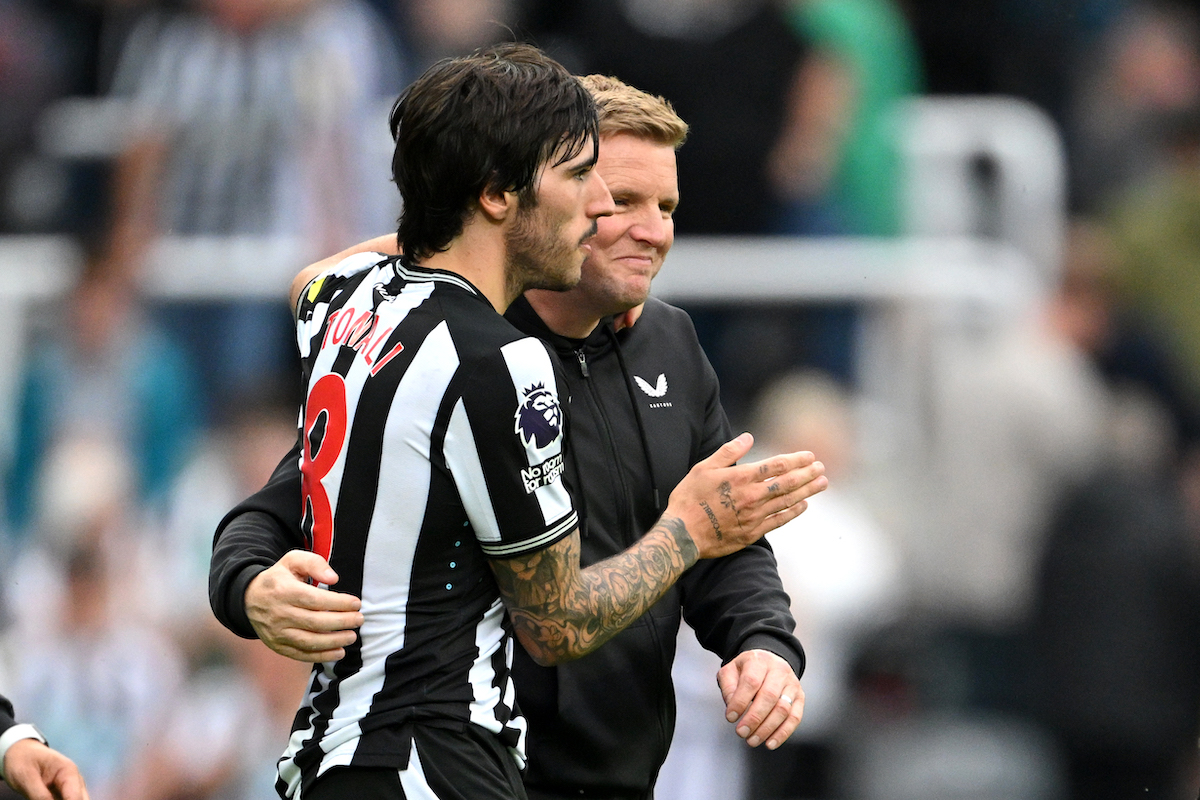
Conclusion
These are undoubtedly brief and concise comments on the strategies. Teams may modify their arguments to counter those of the adversary. Of course, one of the biggest factors in all of these is player quality. A world-class player like Mbappe can undoubtedly influence any game, regardless of the PSG’s strategy. Milan’s newly discovered depth will be tested, and they will need to perform well.
